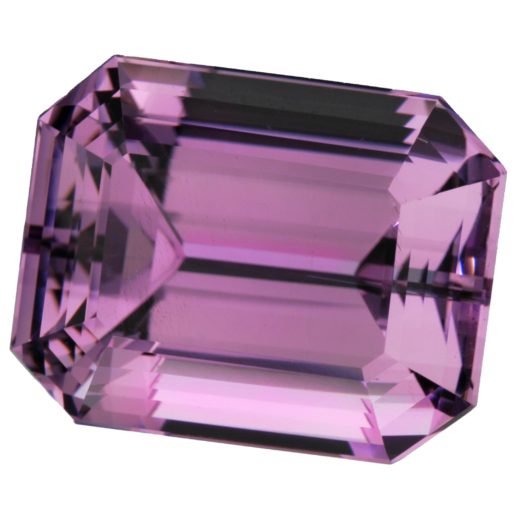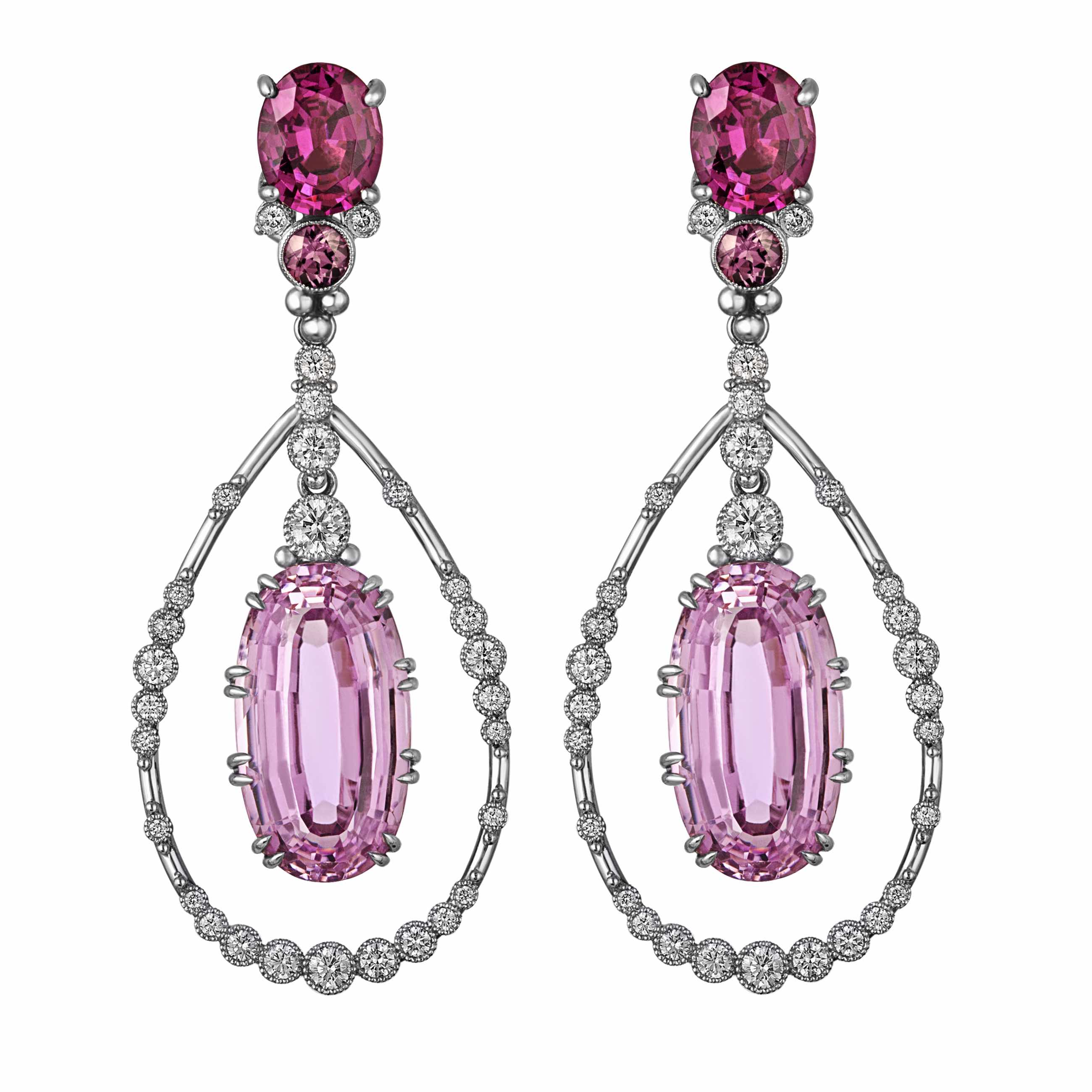
KUNZITE

HISTORY
While many gems have legends that date back millennia, pale-pink kunzite has a surprisingly young story.
The first commercially significant deposit of kunzite was found in 1902 in the Pala region of California, although trace amounts were discovered prior to this in Connecticut.
The gemstone’s name is a tribute to George Frederick Kunz, the legendary gemologist and gem buyer for Tiffany & Co. Kunz was the author of The Curious Lore of Precious Stones; he travelled the globe collecting international gemstone legends and searching for undiscovered gemstone deposits.

ORIGINS
Today most kunzite is mined in Brazil, Afghanistan, and Madagascar. It is often found in close proximity to morganite and pink tourmaline—two other well-known pink gemstones.
Kunzite is relatively hard, but should be handled with care due to its distinct cleavage. When landed in the wrong place, a sharp blow can break kunzite into pieces.


Fine kunzite jewelry should also be protected from heat and continued exposure to strong light, as they may gradually fade its color. For safe cleaning, wash kunzite in a solution of mild dish soap and warm water, scrubbing with a soft brush to remove dust. Like all fine jewelry, kunzite should be removed before sleeping.

